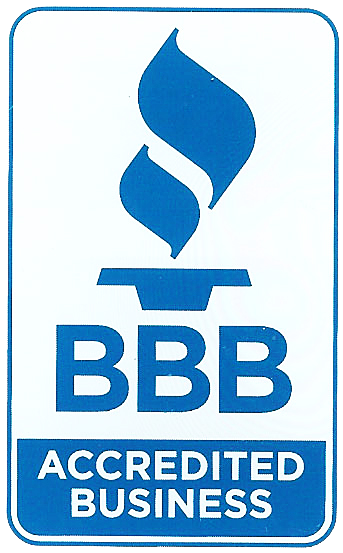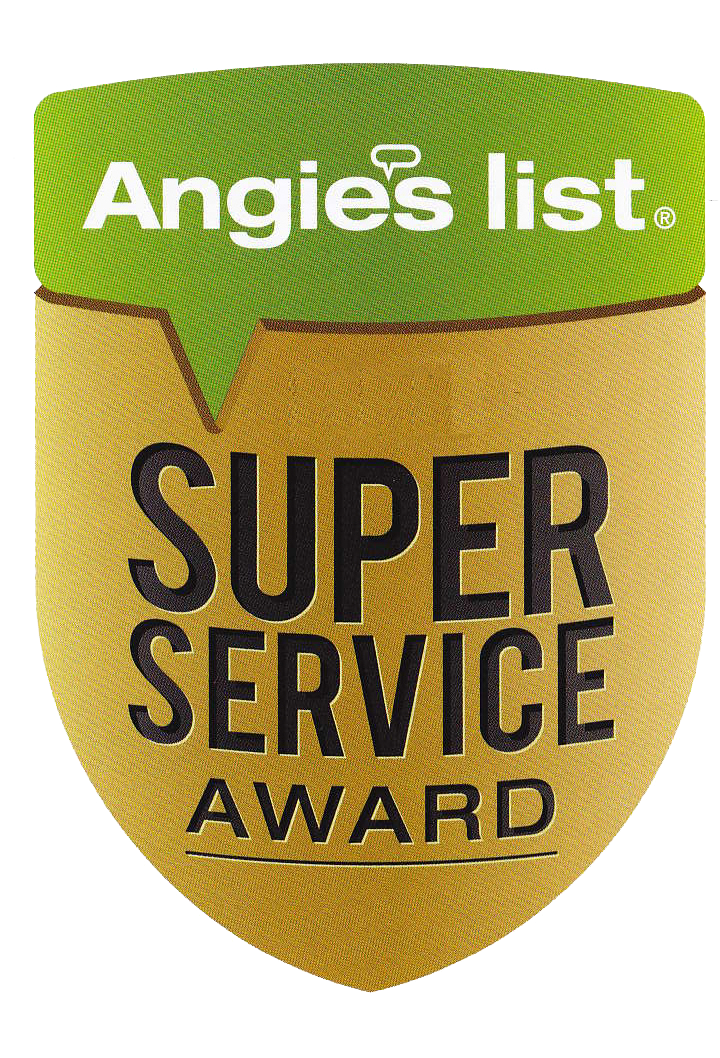Care & Maintenance
Founded 1992 | Highly Rated | Woman-Owned and Family-Operated
Since 1992Highly RatedWoman Owned and Family Operated
Contact Us Now
AFTER PAVEMENT INSTALLATION
Allow three to seven days for pavement to cure/harden before driving on it. The hotter the temperatures the
more time you should allow.
Bank Your Pavements Edges
with compacted, seeded topsoil to help support them. This will offer resistance to the horizontal pressure caused by the weight of vehicles. Failure to do so could cause cracking.
THINGS TO AVOID
Don’t Drive On Pavement Edges- Edges are the weakest part of your pavement and cracks can result from the horizontal pressure caused by vehicles.
Don’t Park In the Same Spot All The Time- Moving a little to one side or the other and forward or backward will help to prevent the formation of depressions and rutting.
Never Turn Your Cars Wheels If They Are Not In A Rolling Motion- Turning your wheels while your vehicle is stopped can displace the pavement and cause what are referred to as power steering marks.
Use Caution When Placing Objects That Concentrate Weight On Small Areas.
Examples include:
Trailers - Motorcycle Kickstands - Car Jacks - Grills - Lawn Chairs - Planters - Picnic tables - High Heeled Shoes
If you must place heavy objects on pavement place plywood under the area or areas where weight will be concentrated. If parking a trailer on pavement, place a piece of plywood underneath each tire and under the hitch to disperse the weight over a greater area.

PAVEMENT MAINTENANCE
SEALCOATING
Sealcoating will keep pavement looking new and extend its life by protecting it against harmful elements such as: oxidation oil; gas and other motor fluids; de-icers such as salt water; and ultraviolet rays.The first application of sealer should be applied approx.one year after installation. Pavement should then be sealed every two to three years. You can determine the need for sealcoating if you notice your pavement starting to look porous or gray. As important as it is to seal your driveway, it is equally important not to over seal it. Excessive sealcoating can create a build-up of sealer that may cause cracking and flaking of the sealer. Once this happens there is little that can be done to remedy the problem.
If you will be doing your own sealcoating it is very important not to apply the sealer too thickly. Sealer that is too thick can crack or flake, sealer that is too diluted will offer no protection.
CRACKSEALING
Due to changing weather conditions in the northeast which cause the ground to expand and contract, cracks may appear in your pavement. Small cracks can be remedied by routine sealcoating; larger cracks (¼” min) should be filled with a Hot Melt Crackfiller as soon as possible to seal water out. Cracks left untreated allow water to seep under your pavement. When this happens sub-base and subsoil can be lost resulting in hollow areas. In winter the effects of freeze and thaw can increase cracks or cause breakage of pavement. If deep cracks are allowed to form crackfiller will flow under the pavement filling these hollow areas but not seal the crack from water penetration.
CLEANING
(Gas, Oil and other Motor Fluids) Clean area as soon as possible by making a paste of powdered laundry detergent and water, scrub with a soft bristled brush and rinse thoroughly. Repeat procedure until area is clean.

Cracking Due to Unbanked Edge
Common Crack Due To Ground Movement




